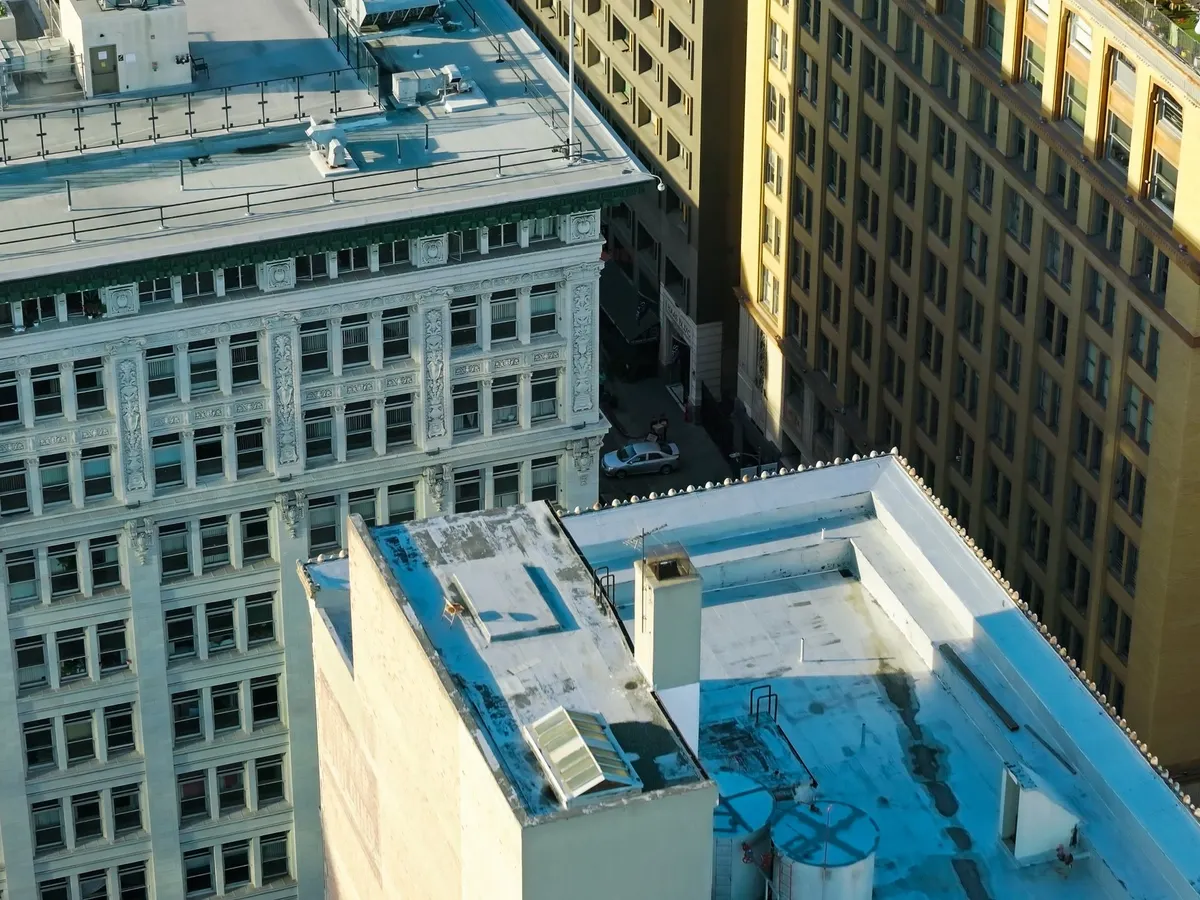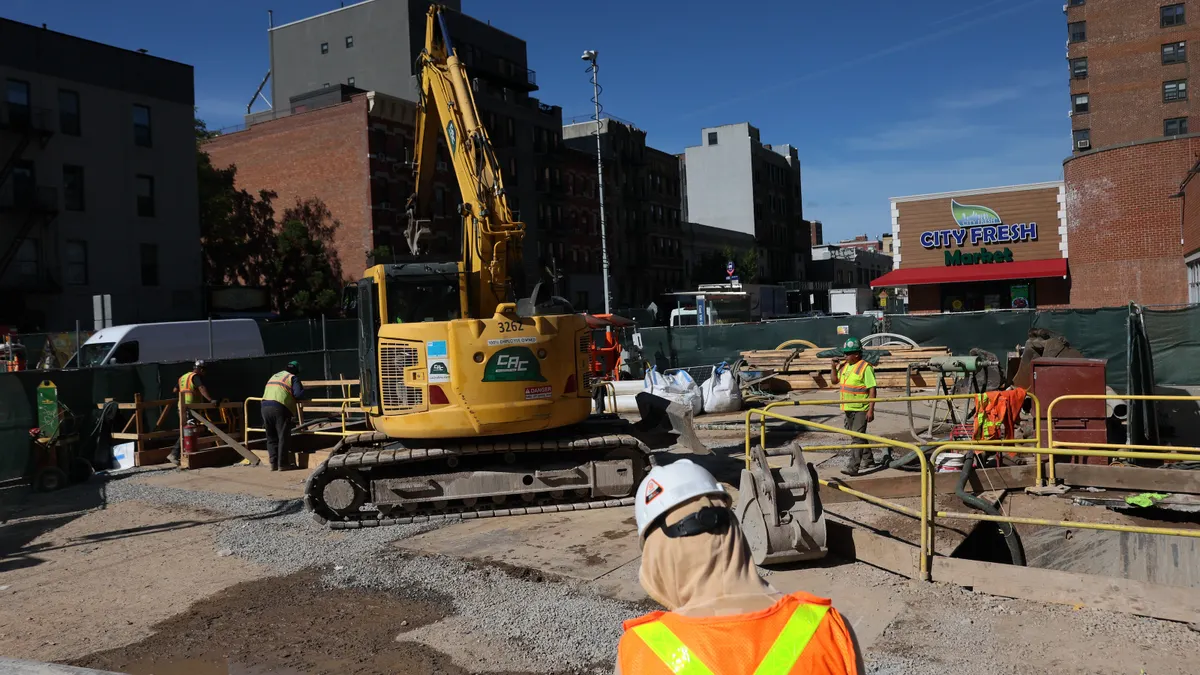
NEW YORK CITY — Office-to-residential conversion activity in New York City is accelerating at an unprecedented pace, as zoning reforms, persistent vacancies, and housing incentives combine to reshape the city’s commercial real estate landscape.

According to a new Cushman & Wakefield report, annual conversion volume jumped from 1.6 million square feet in 2023 to 3.3 million in 2024, and by August 2025, more than 4.1 million square feet of conversion projects had already started — surpassing last year’s total.
This rapid increase comes as the city grapples with historically high office vacancy rates, a byproduct of post-pandemic shifts in work patterns and declining office demand. Vacancy rates peaked at 23.8% in June and eased only slightly to 22.3% in August — still more than double the pre-pandemic five-year average of 9.4%, the report found.
Office property values have also tumbled sharply, from a 2019 peak of $1,037 per square foot to $567 in 2025, further motivating owners to repurpose outdated office buildings into housing.
Across the U.S., this trend is gaining momentum. According to CBRE, conversions and demolitions are set to reduce national office inventory more than new office deliveries will add, a shift that could help stabilize vacancy levels and spur broader market recovery.
“These conditions have boosted owners’ motivation to reposition underperforming assets,” CBRE said.
At the same time, New York City’s policy environment has evolved to encourage conversions as a way to address its severe housing shortage. A series of legislative and incentive measures — including the 467-m commercial conversions tax incentive, approved in April 2024, and the launch of the Office Conversion Accelerator program — have made it easier for owners to move forward with projects.
The 467-m tax program offers up to 35 years of property tax relief for projects that include affordable housing units, while the Office Conversion Accelerator helps developers assess zoning feasibility and secure the necessary permits.
City lawmakers also approved a sweeping zoning amendment aimed at adding 80,000 new housing units over the next 15 years. The amendment relaxes restrictions on office-to-residential conversions and eliminates floor-area ratio (FAR) limits in certain high-density zones, allowing for larger-scale residential projects that include affordable units, according to law firm Nixon Peabody.

While Class B and C office buildings have historically dominated the conversion landscape — making up 94.5% of all projects between 2004 and 2019 — that share has dropped to 64.5% since 2020. More recently, Class A buildings now represent 35.5% of all conversion activity, reflecting a growing interest in repositioning higher-quality office assets.
The shift signals a new phase in New York’s urban transformation — one where obsolete office stock is reimagined as housing, hospitality, or mixed-use developments that can help revitalize key neighborhoods and balance the city’s real estate supply.
However, Cushman & Wakefield cautioned that conversions alone won’t fully solve the vacancy challenge. Still, they play a vital role in easing market pressures and expanding housing access.
“They have emerged as a meaningful pressure valve by removing obsolete supply, repositioning challenged assets, and serving to address the city’s housing shortage,” the report said.
Originally reported by Joe Burns in Construction Dive.